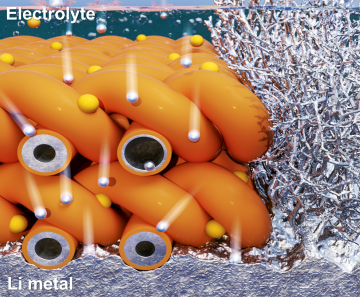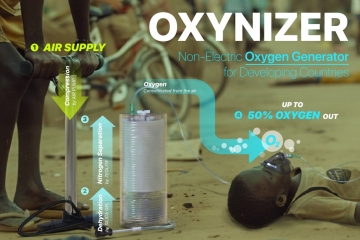The MOFTransformer, a multimodal transformer encoder pre-trained with an extensive dataset, is an innovative tool to revolutionize materials science by accurately predicting various properties of metal–organic frameworks (MOFs). The model's universal transfer learning capabilities and intrinsic feature analysis render it a promising platform for future research.
In the vast landscape of materials science, Metal-Organic Frameworks (MOFs) are a class of materials that are well known for their diversity and potential. They consist of crystalline porous substances that can be tailored at the molecular level, showcasing a plethora of different topologies. However, their unlimited permutations pose a significant challenge: identifying the most effective variations for specific uses. MOFTransformer is a novel solution to this complex question.
The MOFTransformer is a multi-modal transformer encoder that has been pre-trained with an expansive database of 1 million hypothetical MOFs. In other words, MOFTransformer can be likened to an all-knowing crystal ball that has studied a million possible futures (in this case, MOFs) and can accurately predict which future (or MOF) would be the best for any given situation. The model is an integration of an atom-based graph and energy-grid embeddings, allowing it to capture both local and global features of MOFs.
In addition to the predictive capabilities, another distinguishing characteristic of the MOFTransformer is its ability to be fine-tuned with smaller datasets. This enables the model to achieve top-tier results for predicting an array of properties, like gas adsorption, diffusion, electronic properties, and even information gleaned from text-mined data. This ability is like a music player that can adapt to different tunes effortlessly, each time producing an enchanting melody, or in this particular case, a promising MOF variant.
However, the most important aspect is MOFTransformer's universal transfer learning capabilities. The model can generate chemical insights by analyzing different features’ importance through attention scores within the self-attention layers. This unique capacity can be compared to a seasoned detective who can notice significant clues (or features) that can solve the case (or predict the properties of the MOF).
As a platform, the MOFTransformer can bring about breakthroughs. Researchers delving into MOFs can utilize this model as a springboard to develop new machine learning models for their work. As a result, the MOFTransformer can serve as a beacon of innovation towards a future where the limitless possibilities of MOFs can be harnessed efficiently and effectively.
As data has become integral in research and life, MOFTransformer can be used as an efficient minister, handling and delivering groundbreaking results. These innovations are not only in material science, but is also a promising pathfinder in the vast realm of MOFs






